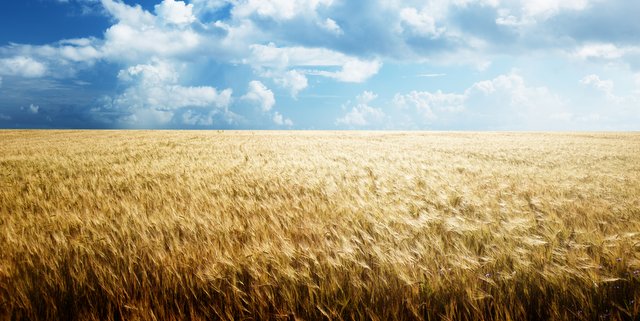
Science and farming are creating new commodities. Let’s look at barley: New DNA marker technologies have the ability to rapidly and efficiently monitor the transfer of traits into new barley selections. The per analysis costs of these technologies are generally far less than traditional field or greenhouse testing, but the capital investment required to set up a facility, or to keep up with the changing technology, is high.
Congress provided a solution to this by providing funding for the USDA-Agricultural Research Service (ARS) to set up four regional laboratories (Fargo, N.D.; Manhattan, Kan.; Pullman, Wash.; and Raleigh, N.C.) with the equipment and staff to genotype small grains for public breeders across the country. The regional aspect of the labs allows them to effectively address priority traits and yield limitations for specific production areas.
The USDA-ARS Small Grains Regional Genotyping Laboratory (SGRGL) in Fargo screens several thousand six-row and two-row spring and winter barley each year for breeding programs in Minnesota and North Dakota.
“The USDA Small Grains Genotyping Centers are an essential component of the infrastructure that supports our breeding and genetics research,” said University of Minnesota barley breeder Kevin Smith. “Our breeding program routinely sends thousands of samples for genotyping each year. The centers implement the most current and robust technology in a centralized lab, which greatly increases the efficiency of research nationally.”
The SGRGLs efficiently screen lines for a number of quality and agronomic traits, allowing barley breeders like Smith to concentrate on making new crosses, screening for other traits and increasing seed of new lines for testing. Advances in DNA sequencing technologies have led to the development of genotyping by sequencing, which could dramatically improve barley breeding.
RELATED: Biochemists solve sour beer bottling ‘terminal acid shock’ problem
“These new technologies come at a time when there is the demand from the industry for a broad set of quality profiles in malting barley varieties, and growers are looking for new spring and winter varieties that fit in their crop rotations and yield well,” explained Michael Davis, president of the American Malting Barley Association (AMBA). “The genotyping labs are doing a tremendous job of supporting the breeding of new barleys that fill this need, and we are grateful for the role they play”
The development of malting varieties is done through a public/private partnership with the USDA-ARS, state university, barley growers, industry partners and AMBA each playing an important role. This ensures that barley remains a significant crop in the United States and a major contributor to the economy.





Taweechai Thongrod liked this on Facebook.
Belgian-Style Ales liked this on Facebook.
Bob Bero liked this on Facebook.
If you’re looking for some more info, talk to Eric Stockinger right over in Wooster, he’s working with malting barley for Ohio: http://www.oardc.ohio-state.edu/stockingerlab/images/Malting_barley_in_Ohio_-_121002.pdf. Great guy, helped me out with a few suggestions to make my hop breeding project a little more doable, ha!
Serge Lubomudrov liked this on Facebook.